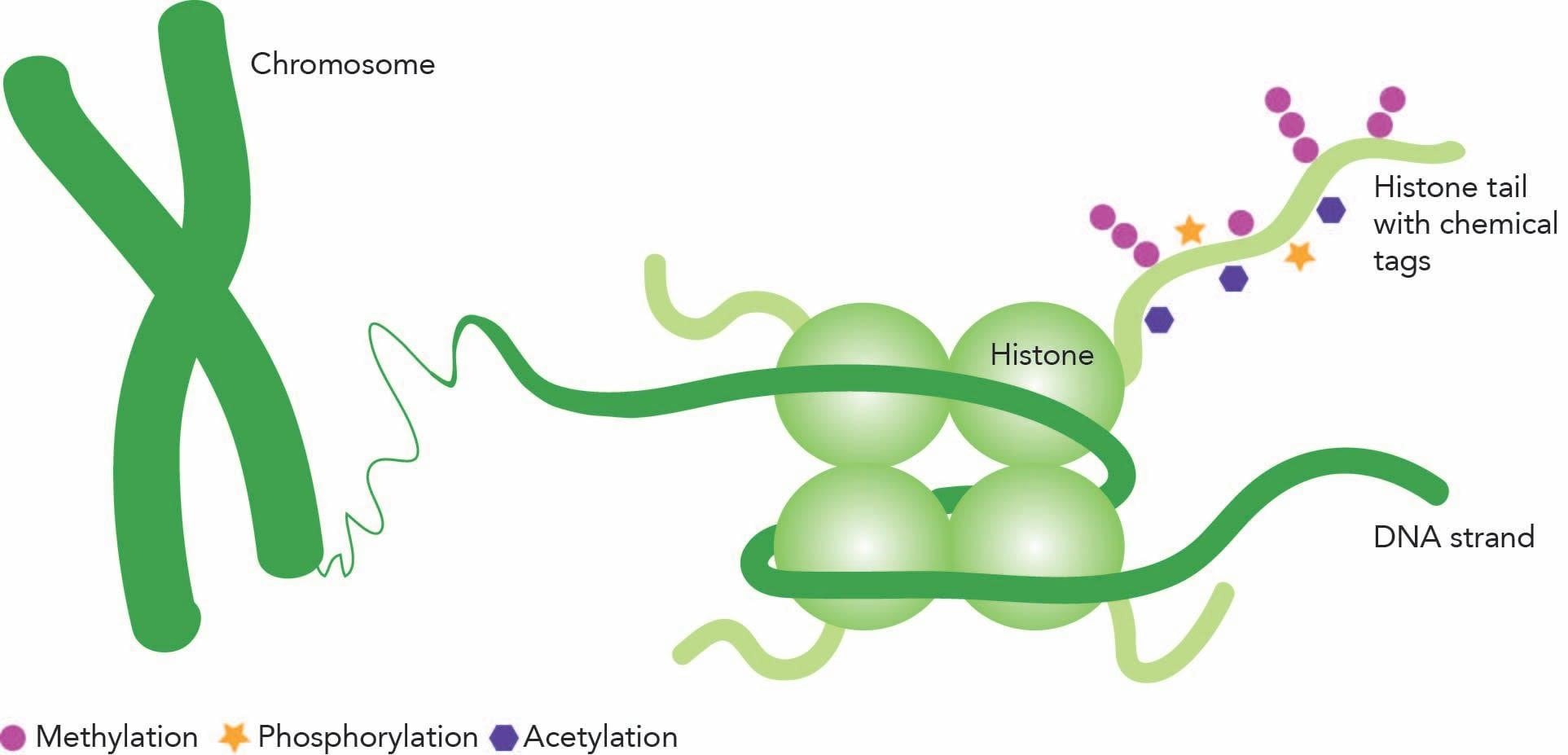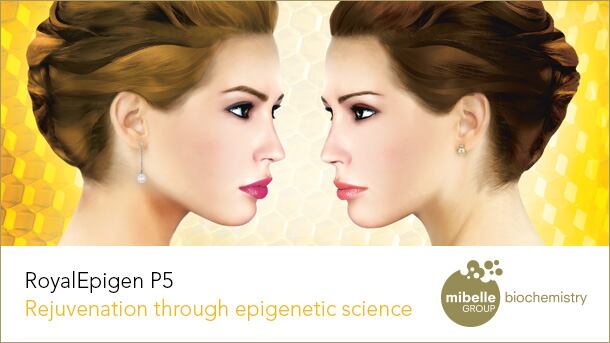The contribution of environmental pollution is one of the major areas of concern when it comes to skin aging. In particular, air pollution is directly in contact with our skin and it contributes to skin aging on a daily basis.
The main sources of air pollution are industrial combustion (diesel exhaust fumes and coal), traffic and construction works. Air pollution consists of gases such as ozone and very fine particles that are known as particulate matter (PM). These particles, which are between 0.1 μm and 10 μm in size, can remain in the atmosphere for weeks and contain toxic compounds such as heavy metals and allergens.
Effects of pollution on the skin
Our skin is often the first organ to come into contact with air pollution. Particulate matter is especially dangerous for the skin as it not only sits on the surface but can also penetrate into pores and therefore transport toxic substances into deeper skin layers. In combination with exposure to UV light, these particles cause oxidization reactions within the skin, which lead to the formation of reactive oxygen species (ROS), inflammation and the loss of collagen. Furthermore, lipid peroxidation caused by ROS leads to skin barrier dysfunction, which creates a vicious cycle as more PM can enter the skin. The result is irritated, uneven skin that will age more rapidly.
Epigenetics and pollution
Recent research has shown that the short-term effects of oxidative stress are not the only danger: continuous exposure to air pollution causes epigenetic changes in our cells that can persist in the long-term, even after the harmful exposure is no longer there.
Epigenetics can be explained as being a structure above the genome (epigenetics = “on top of genetics”) that regulates gene expression without changing the DNA code. DNA, which makes each individual unique, holds the instructions for building all of the parts of the body and it is wrapped around proteins that are called histones. The epigenetic regulation works by covering DNA and histones with chemical tags. These marks, which for example include histone methylation, acetylation and phosphorylation, make some genes either readable or not readable without changing the DNA sequence.

In the past few years, an effort has been made in order to elucidate the effect of pollution on epigenetics. For example, steel workers who inhale higher amounts of PM and heavy metals showed a distinct increase in histone H3 lysine 4 dimethylation (H3K4me2) in their blood. Therefore, a multi-level protection is needed; not only to shield the skin from unwanted exposure to pollutants and detoxify the skin by neutralizing dangerous chemicals that manage to enter the skin, but also to prevent long-term epigenetic changes that are caused by pollution.
For the first time, Mibelle Biochemistry has been able to demonstrate a distinct histone modification pattern for histone H3 in skin cells that are exposed to pollution and identify an artichoke extract that is able to counteract these pollution-induced epigenetic changes.
Depolluphane EpiPlus consists of the artichoke extract combined with an organic cress sprout extract and a smart polysaccharide complex in order to protect the skin against pollution in a threefold manner over the course of three distinct timelines:
- It immediately shields the skin against particulate matter
- It fortifies the skin’s own defense mechanism in the short-term by activating detoxification enzymes
- It protects the skin in the long-term by preventing epigenetic changes that are caused by pollution.







